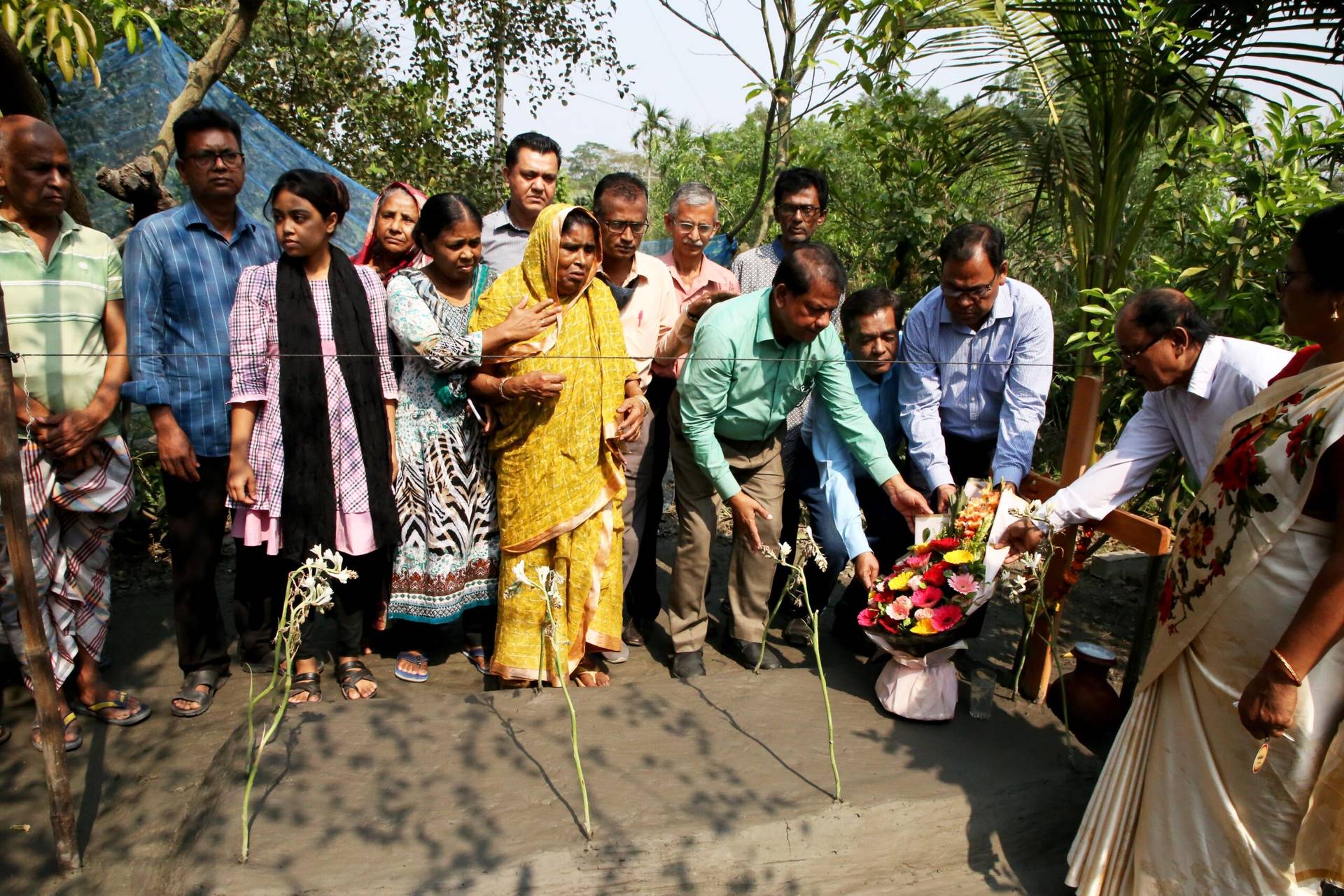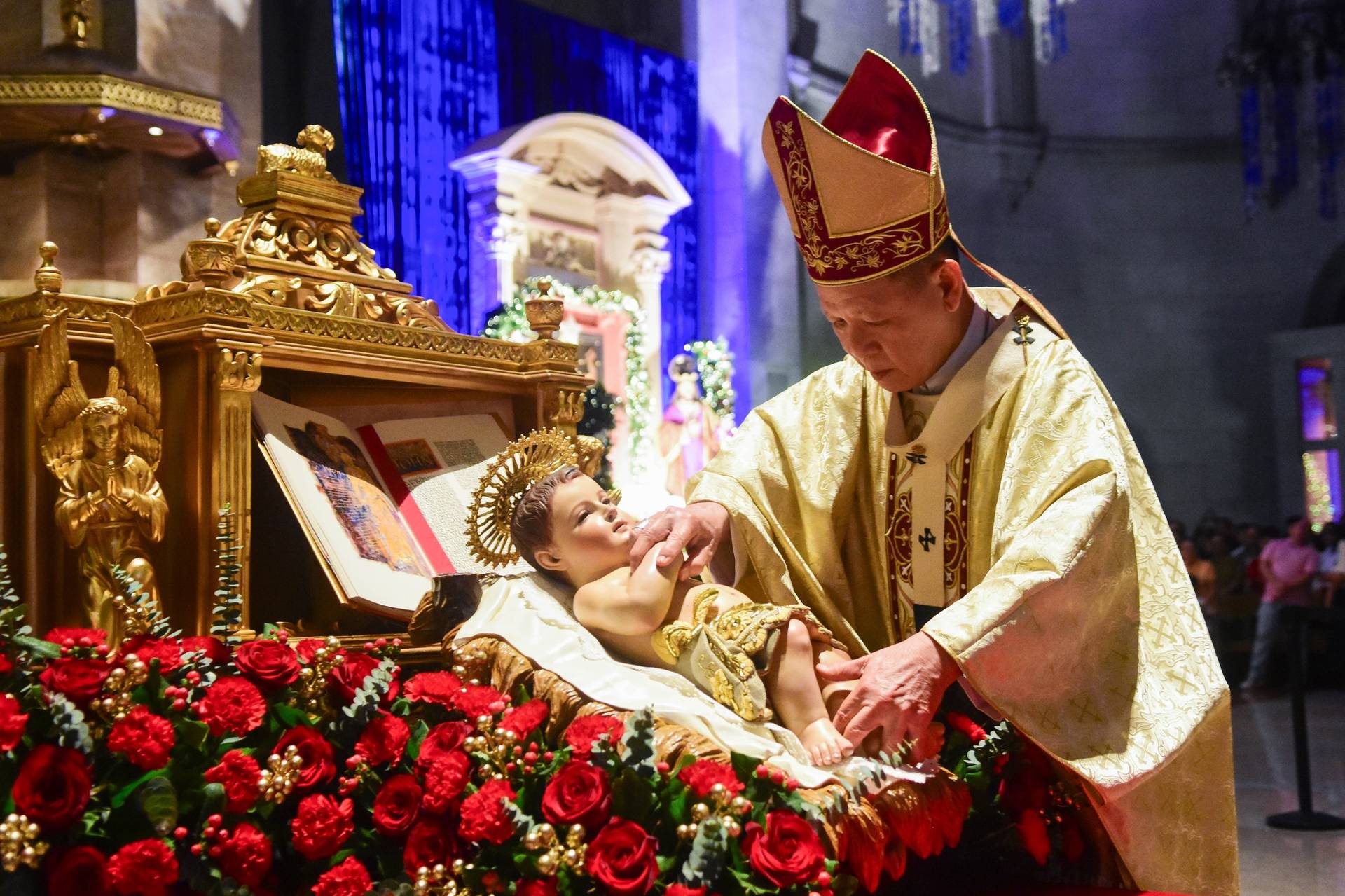MUMBAI – An Indian archdiocese that was the site of one of the worst outbreaks of anti-Christian violence in the early 21st century has announced Vatican approval to open a sainthood cause for one of the victims who died in the assaults and 34 of his companions.

The sainthood cause is linked to Kanteswar Digal, a Catholic catechist who was killed during a series of anti-Christians riots in the eastern Indian district of Kandhamal in 2008, which were led by radical Hindus and which left over 100 people dead, thousands injured, 300 churches and 6,000 homes destroyed, and 50,000 people displaced, many forced to hide in nearby forests where more died of hunger and snakebites.
The mobs had been incensed by rumors that Christians had killed a local Hindu holy man. (It later emerged that the holy man had actually been assassinated by Maoist guerillas in the area.)
Archbishop John Barwa of Cuttack-Bhubaneswar, the archdiocese where the pogroms occurred, announced Wednesday that he had received a letter dated Oct. 18 from the papal ambassador in India informing him that the Vatican’s Dicastery for the Causes of Saints has granted permission to open a beatification cause for Digal and 34 other individuals.
Barwa called the news “a great day for the Catholic church in Odisha,” referring to the state in which Kandhamal is located.
“Personally, it is great news for me as I am personally involved in this,” he said.
Barwa’s own niece, Sister Meena Lalita Barwa, a Catholic nun, was in Kandhamal when she and a local priest were dragged into the streets by frenzied attackers shouting, “Kill Christians!” She was raped by at least one member of the mob before being paraded through the streets to the howls of the crowd.
“For my people this is going to be a big boost, that they are recognized in the Church; that they are in communion with the universal Church,” Barwa said.
“When we say that your own brother and sister is recognized by the whole Church of the world, it is something great,” he said. “To know that Kandhamal is not forgotten, that God is listening to them and that, even through martyrdom, God is with them.”
“For the Church in India, this is a great honor that the Kandhamal church has been recognized. I feel great and my people feel great,” Barwa said.
Six years ago, Barwa appointed a priest named Purushottam Nayak to research and prepare a dossier on the martyrs, which is a required preliminary step before formally initiating a sainthood cause at the diocesan level.
The task was complicated by the fact that many of the victims were either “Tribals,” meaning members of one of India’s indigenous groups, or “Dalits,” meaning the “untouchables” under the ancient caste system. In both cases, the victims and their families were often illiterate and the documentation usually collected in a sainthood cause was difficult to find.
Nayak and a 7-member team, all priests, were charged with compiling “a list of persons martyred during persecutions, a critical biography of the persons proposed, a report on the virtues, the reputation of the sanctity, reports of favors granted if at all through their intercessions, any possible obstacles to the cause, all the published writings on the persons proposed, a list of witnesses, both favorable and unfavorable to the cause.”
At the time, Barwa termed it an “important and sacred task in the archdiocese.”
Barwa appointed the research team with the encouragement of Cardinal Oswald Gracias of Mumbai, a close advisor to Pope Francis who’s currently in Rome taking part in the Synod of Bishops on Synodality. In 2017, Gracias spoke to Cardinal Fernando Filoni, then the Prefect of the Congregation for the Evangelization of Peoples, regarding a canonization process for the Kandhamal victims of anti-Christian persecution.
Kantheswar Digal, the victim chosen as the face of the sainthood cause, was a lay village catechist and father who was murdered by right-wing Hindu nationalists on Sept. 25, 2008. According to witnesses, rioters attacked and burned Kantheswar’s home before seizing him and subjecting him to torture while insisting that he renounce his Christian faith.
He was eventually strangled to death and his body tossed into a nearby river, where his family was able to retrieve it only after the violence had subsided.
















